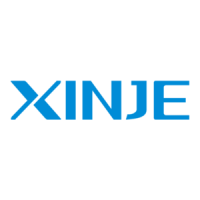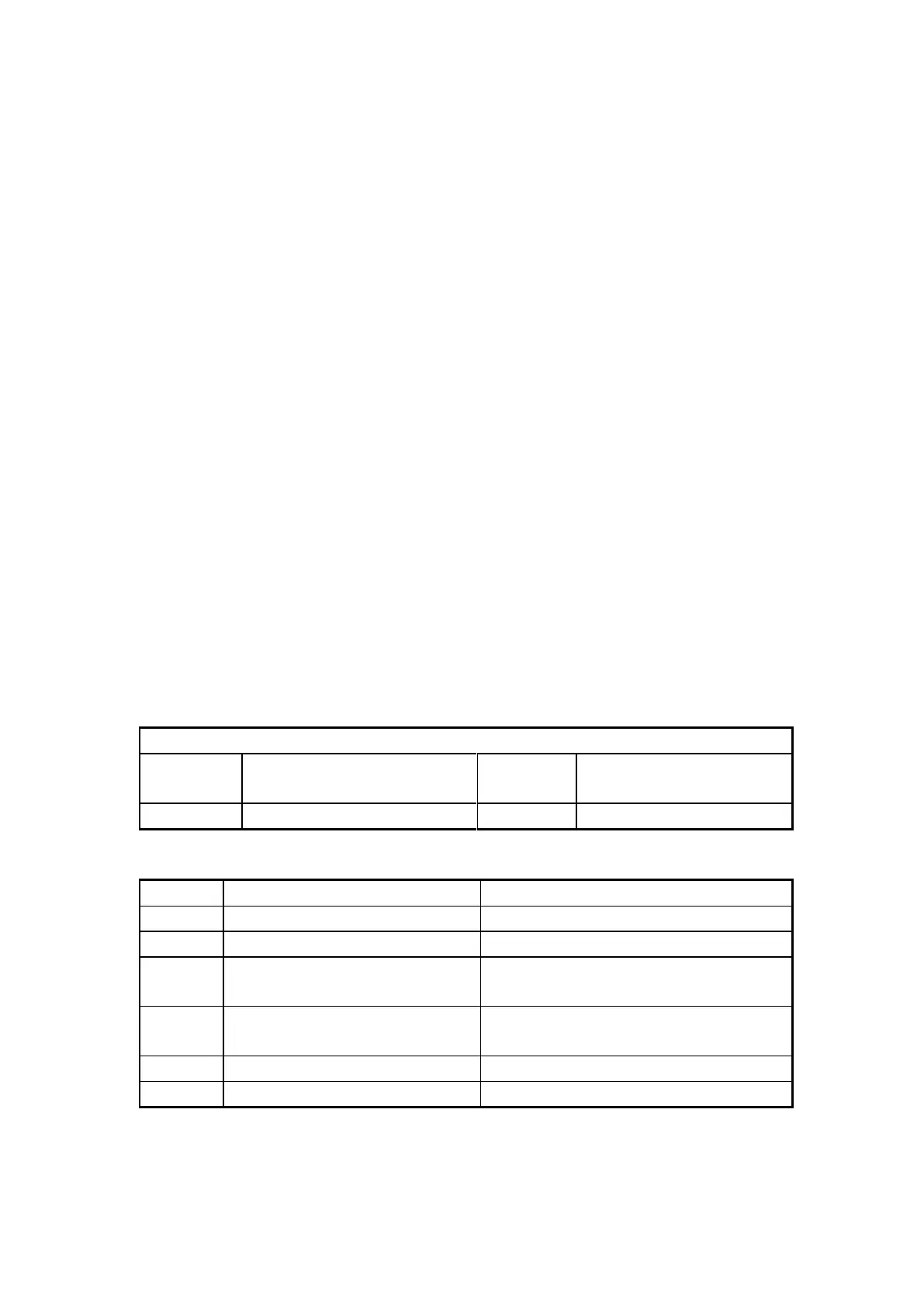For example:
The target device is coil X, the target object type is K1
The target device is coil Y, the target object type is K2
The target device is coil M, the target object type is K3
The target device is coil HM, the target object type is K8
The target device is register D, the target object type is K128
The target device is register HD, the target object type is K136
4. Target object number: the target device coil or register address in the network
For example: write register D0, write the D0 value to target address
5. Access object numbers: the target station numbers need to access
For example: PLC needs to read the frequency inverter output frequency, output current and bu
voltage, the access object numbers are 3.
6. Local object address: the local coil or register address
For example: PLC register D0 value transfers to frequency inverter address H2103. So the local
object address is D0, the target object address is H2103.
1-2-1.Read bit [BIT_READ]
1. Instruction explanation
Read the target coil to local coil.
2. Operand
16 bits constant or single word register
16 bits constant or single word register
Target object type (refer to chapter
1-3)
16 bits constant or single word register
Target object address (refer to
chapter 1-3)
32 bits constant or double words register
16 bits constant or single word register

